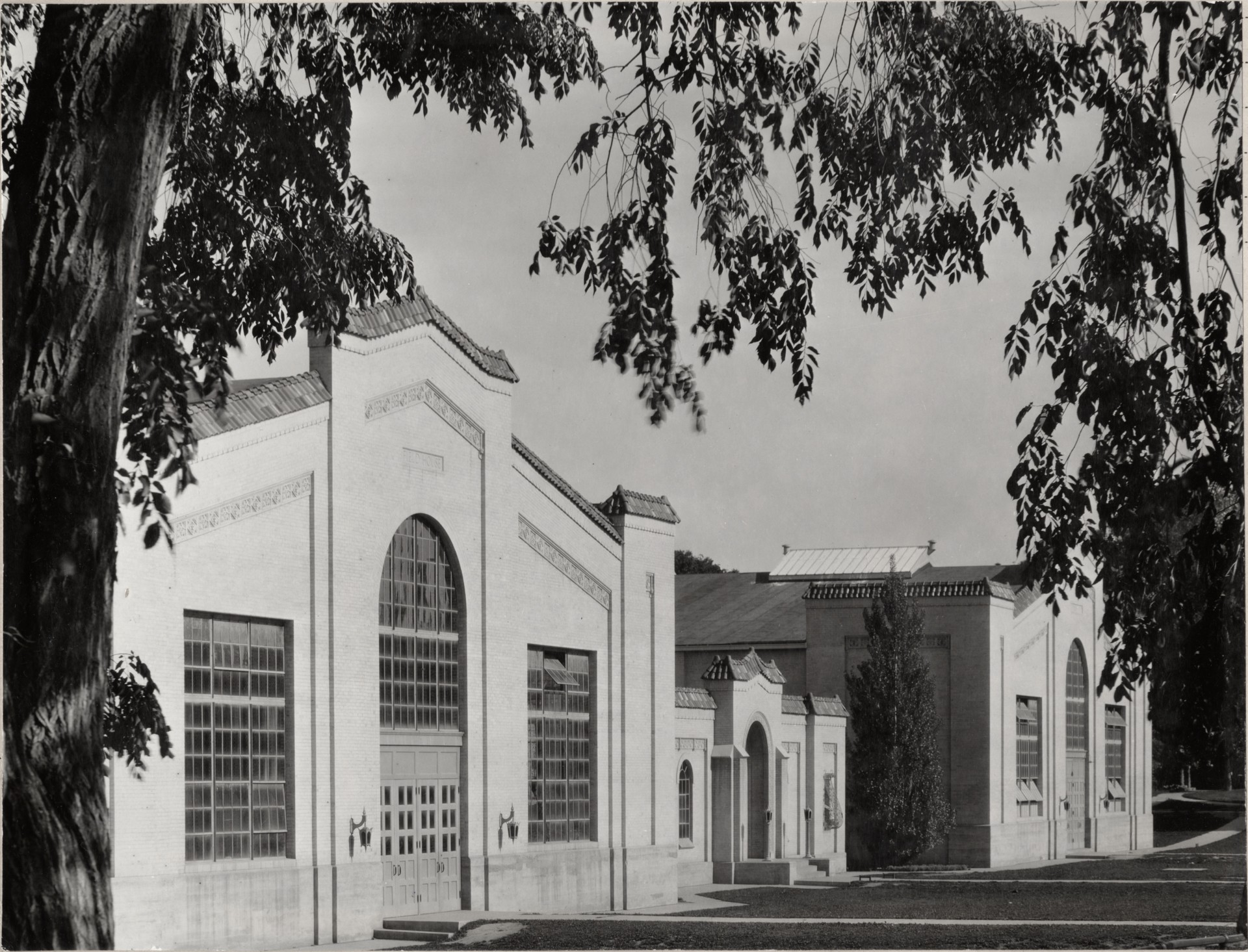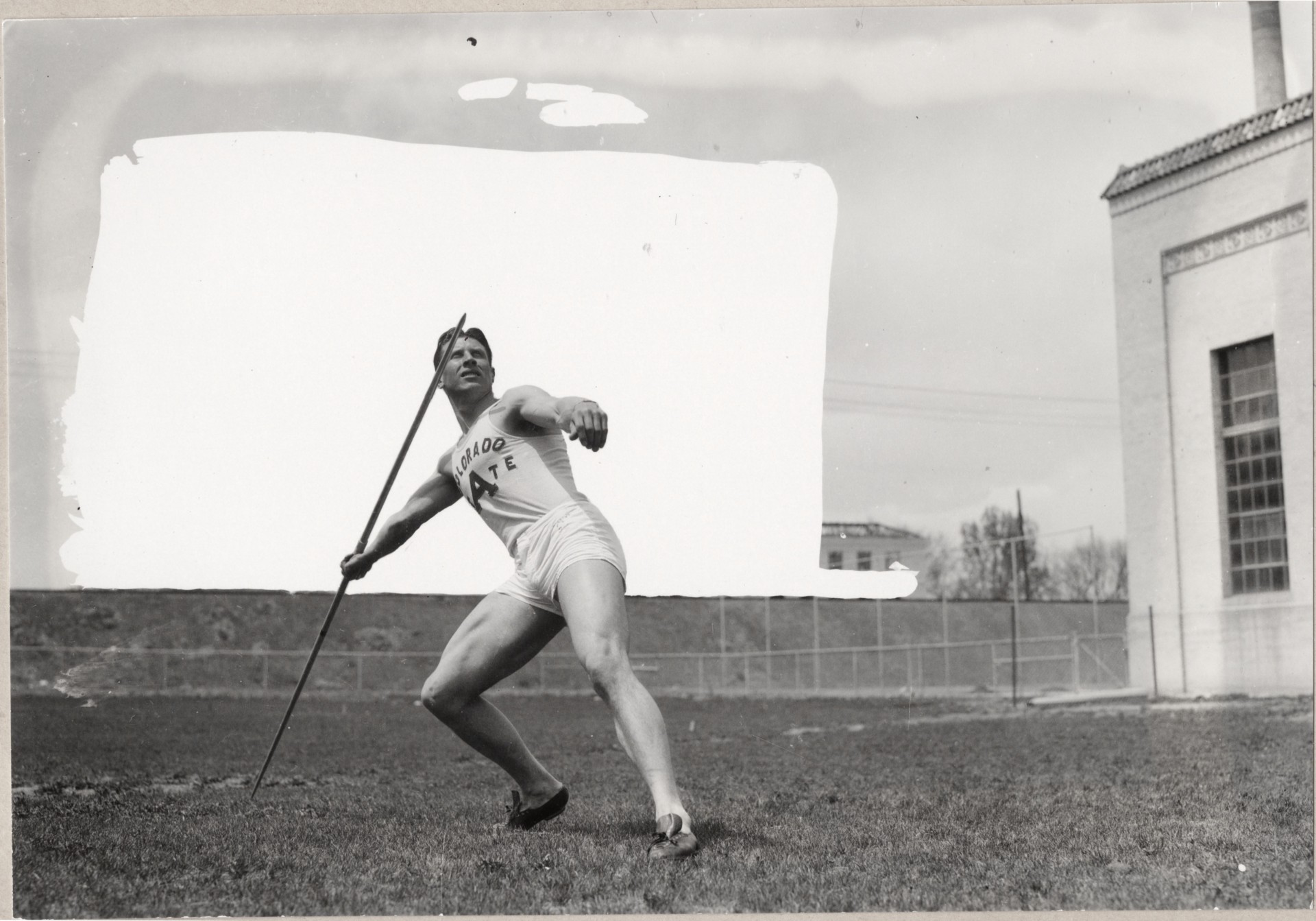
On Memorial Day – May 31 this year – the United States will pause to remember and honor military personnel who have died in war. It is also a fitting time to remember how Colorado State University contributed to the war effort during World War II, and a building named for one of the university’s most notable veterans.
Although the war was fought far from Fort Collins, it left a very real impact on what was then known as Colorado A&M. President Roy Green was challenged to keep the college going after many of the students, faculty and staff went to fight. He brought military training programs to campus, including pilot instruction, an Army clerical school, and special courses in engineering and veterinary science.
With accommodations needed for 1,500 military students in the early 1940s, the field house on College Avenue was converted to a barracks and the gymnasium became a dining hall. Coach Harry Hughes and ROTC Captain (later General) Lewis Walt set up an obstacle course on the grounds around the field house. As reported in a 1942 Collegian, “Aggie men are being given daily ‘commando’ training for combat duty… in a speeded-up physical fitness program at the College.”
Training for the Olympics
One student who had trained hard at the field house before the war was Glenn E. Morris, who graduated in 1935 with degrees in economics and sociology. Morris served as president of the student body and earned all-conference recognition in football as well as competing in basketball and track. He became interested in the decathlon after attending the 1932 Olympics in Los Angeles, and set his sights on competing in the Games in 1936.
In the summer following his graduation, Morris began almost daily workouts in the field house to prepare for the 10 different events that make up the decathlon. After surpassing the national record during his first decathlon at the 1936 Kansas Relays, he accumulated 7,880 points to set a world record at the U.S. Olympic Trials in Milwaukee.
A favorite of spectators at the Berlin Olympics, Morris broke his own decathlon record with 7,990 points to win the gold medal, an amazing feat for Colorado’s first Olympic athlete. Morris and other gold medalists also received an oak tree sapling from German Chancellor Adolph Hitler.

With America’s entrance into World War II at the end of 1941, Morris enlisted in the Navy and served in the Pacific theatre.
Serving returning veterans
For several years after the war, the field house served as a dormitory to house the flood of veterans returning to college on the GI Bill, and then reverted to an athletics facility.
Although conference basketball games moved to the new Moby Arena in 1966, the old complex still provides space for CSU’s track and cross-country teams as well as the Department of Health and Exercise Science.
A ceremony held outside the facility in 2011 officially renamed it the Glenn Morris Field House to honor the memory of the outstanding student athlete, veteran, and Olympic champion who trained there 76 years earlier.